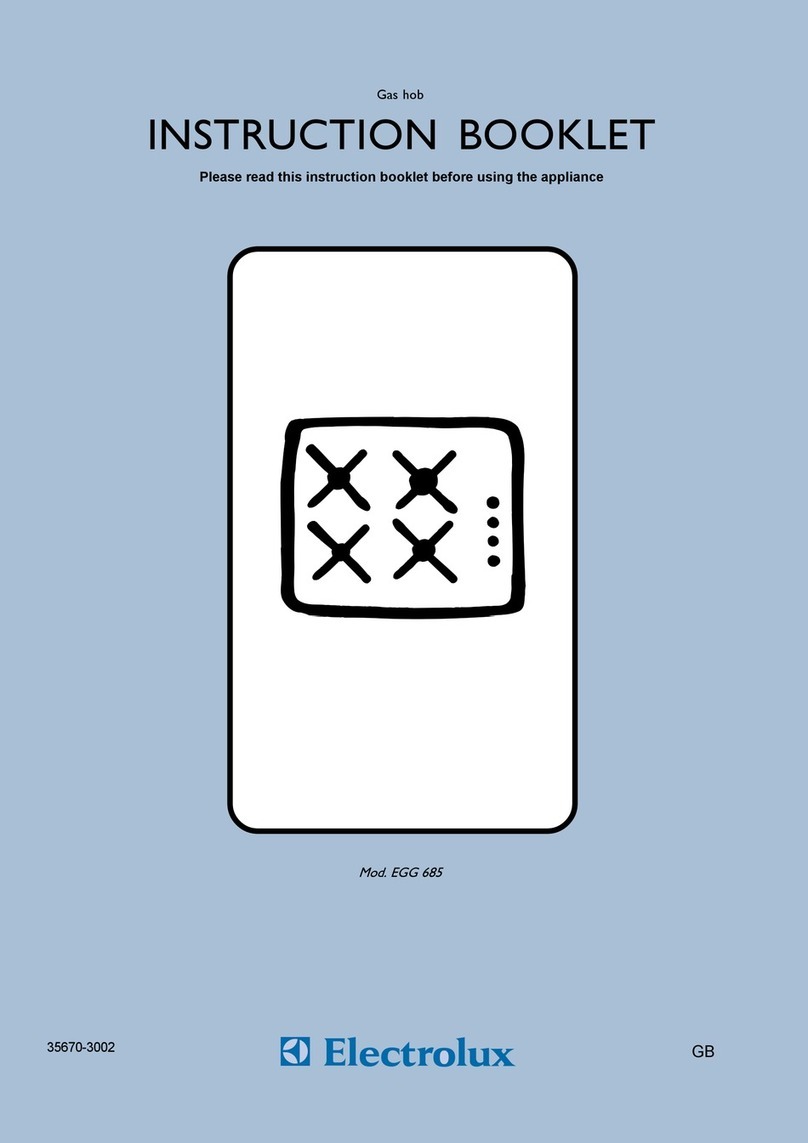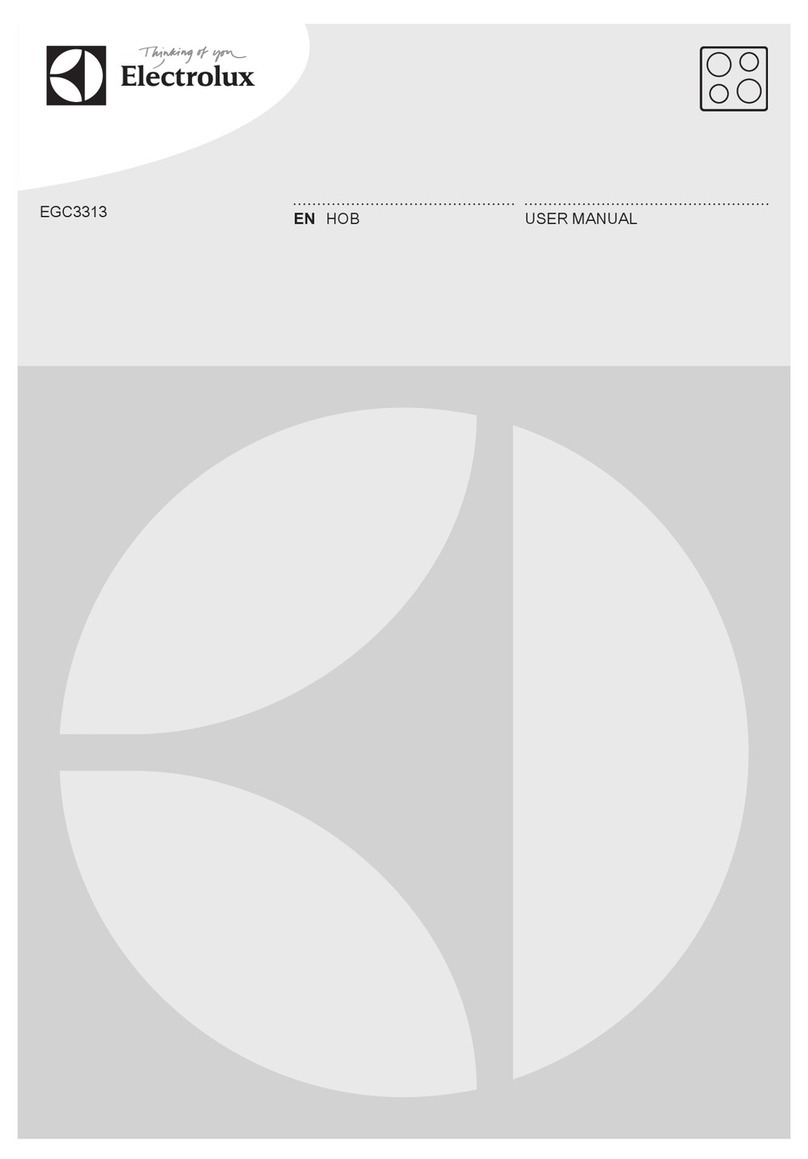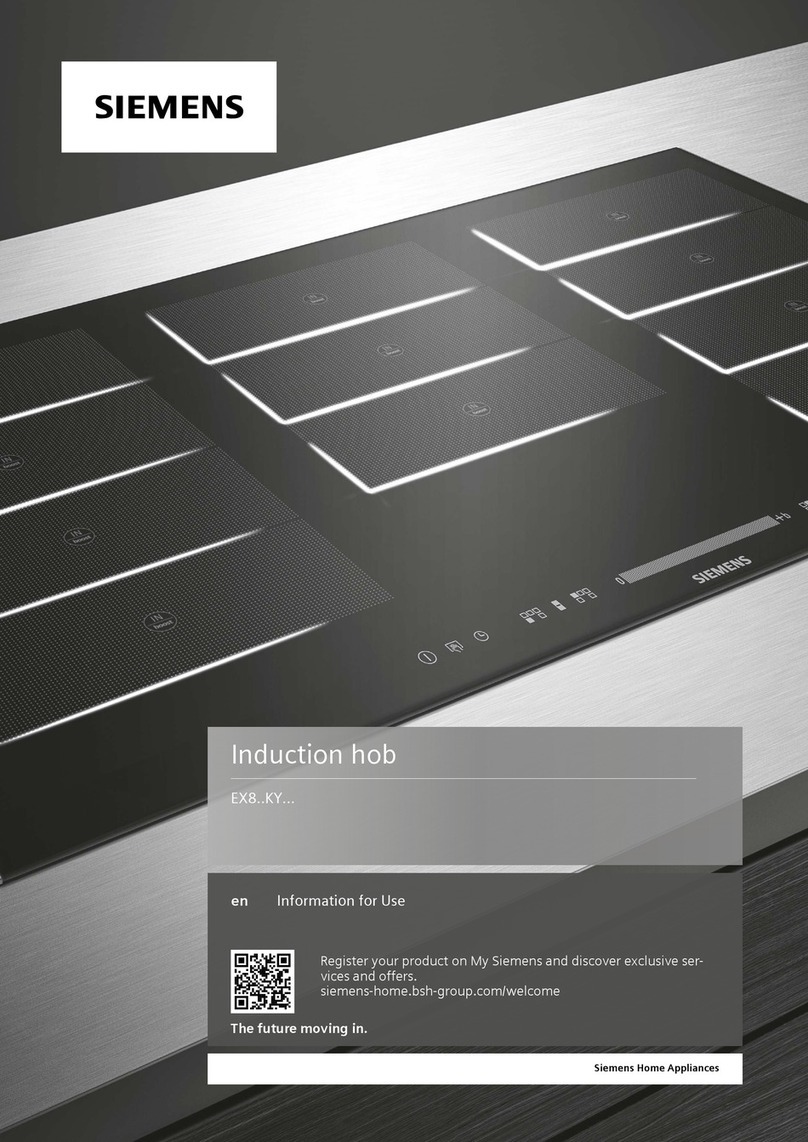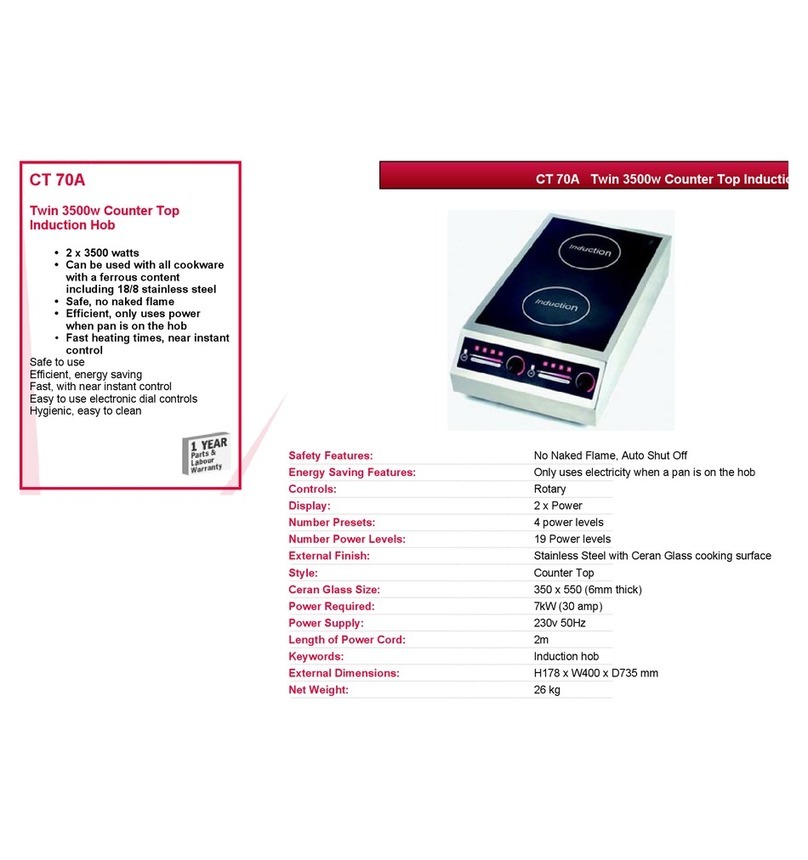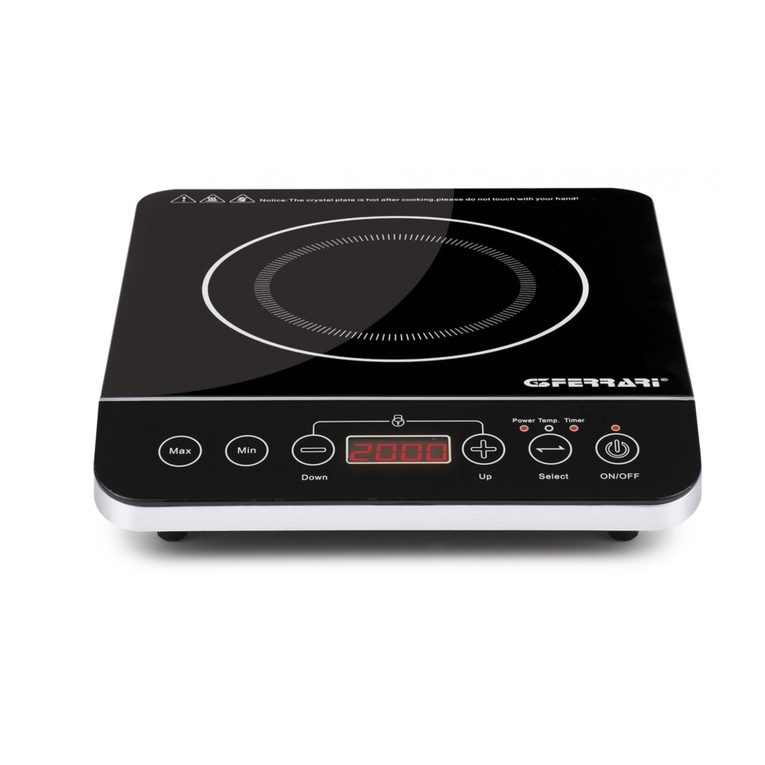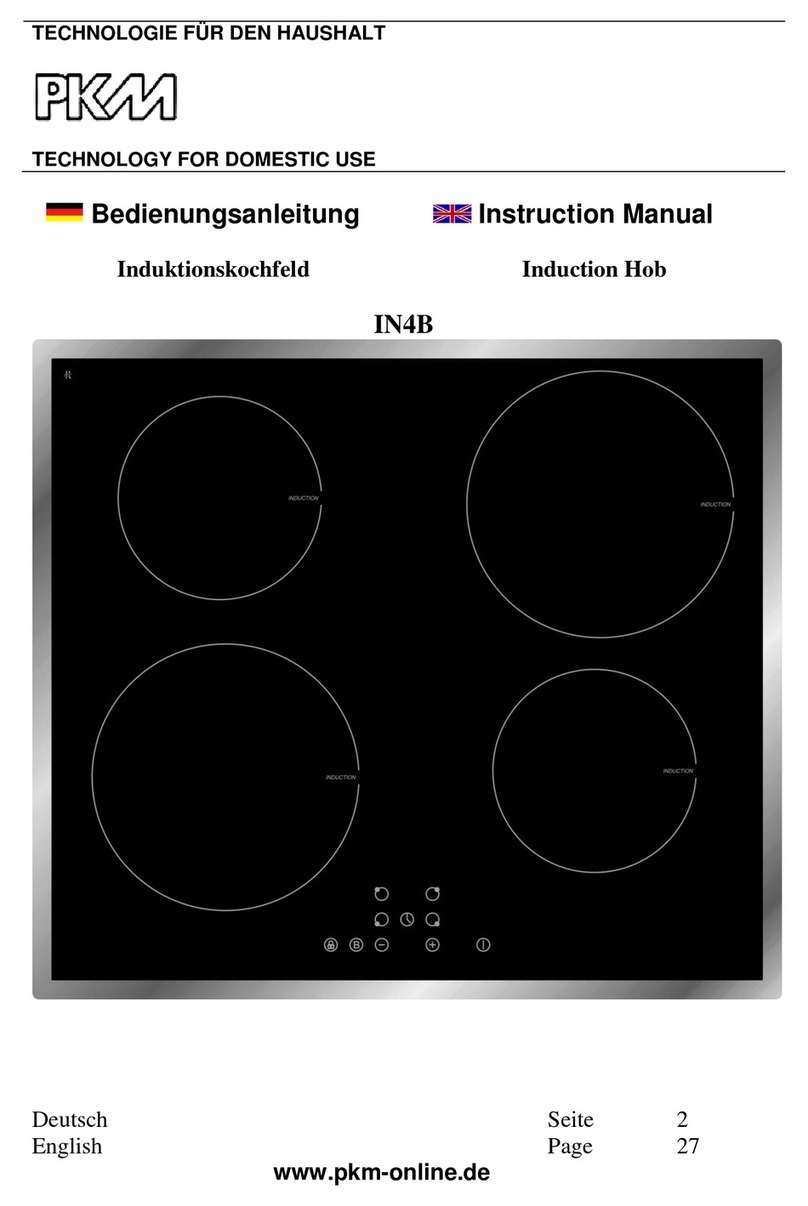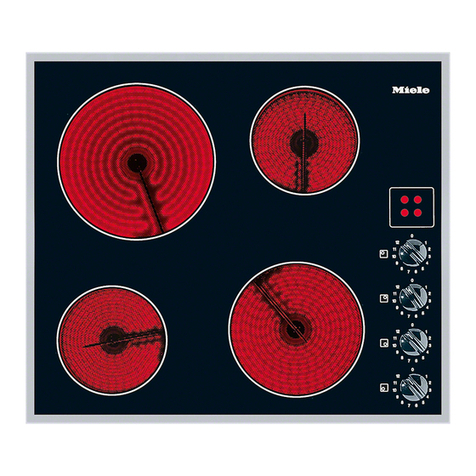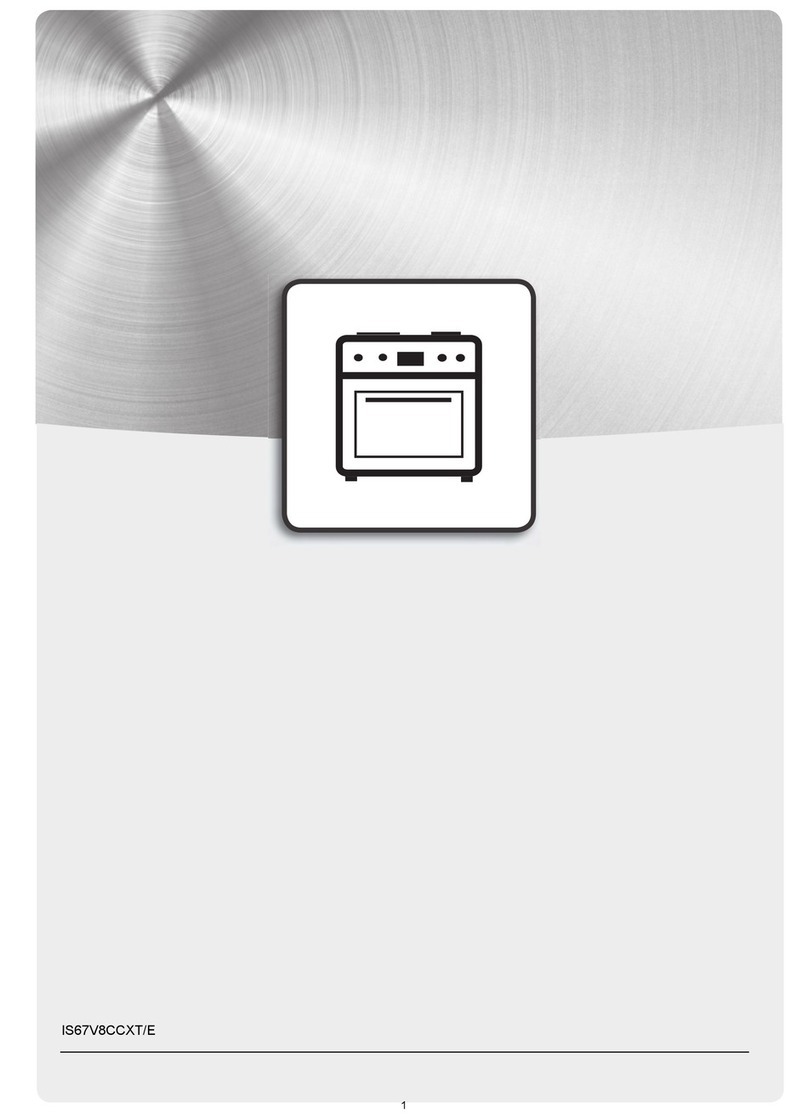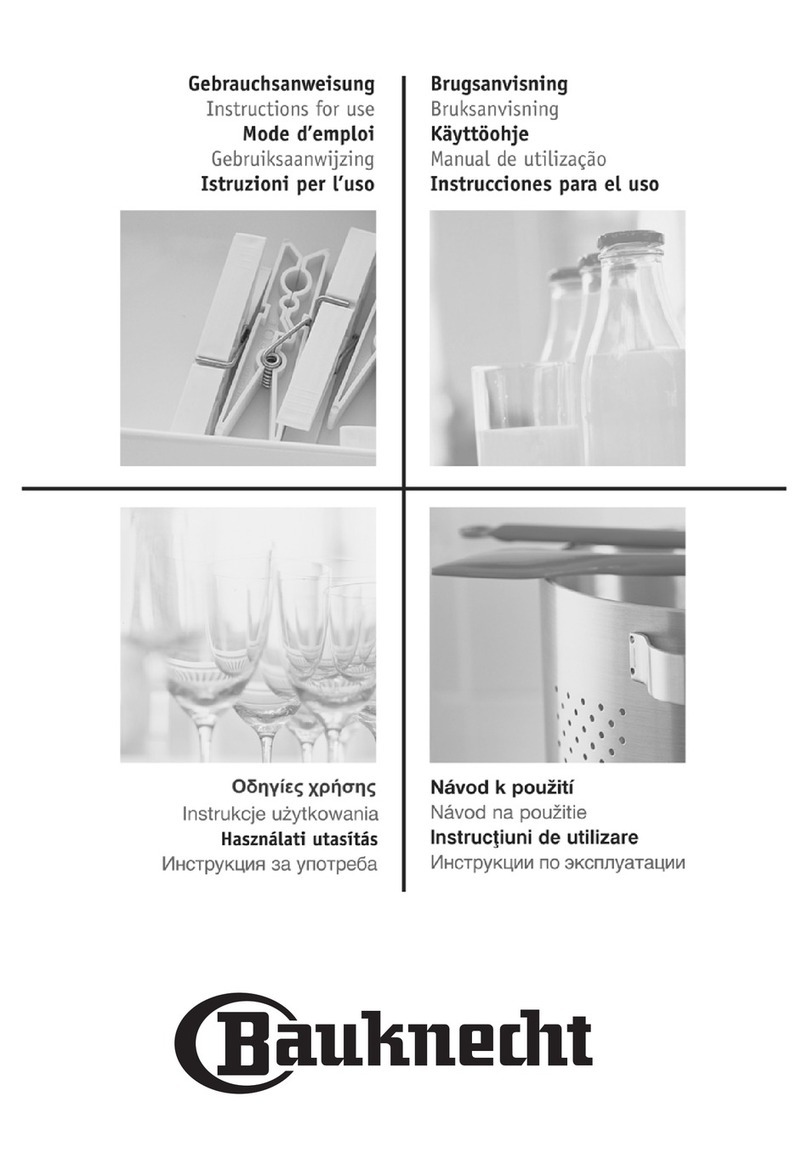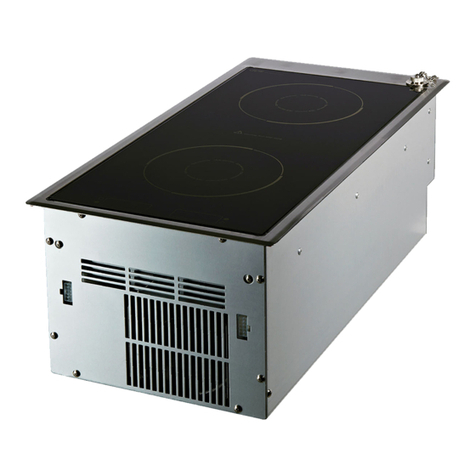SOI 02.10 FV 4/20 599 72 74-12
1 - INTRODUCTION
1.1 - PURPOSE OF THIS MANUAL
The purpose of this Manual is to provide the basic information required to carry out repairs on ovens fitted
with the SET electronic programmer.
1.2 - ESD - ELECTROSTATIC DISCHARGE AND ITS EFFECT ON THE COMPONENTS
The interface for the control unit is not fitted with an internal device to protect against electrostatic discharge. When
performing repairs, therefore, the service technician must check for stabilisation of the potential on the oven casing (i.e.
discharge any static electricity by touching the oven casing) is order to prevent the possibility of overload and avoid
damage to the control unit itself. The same care is necessary when handling control units supplied as spare parts (i.e.
not yet fitted to the oven), which must be removed from the protective bag in ESD only after stabilising the potential (i.e.
discharging any static electricity) and only then installed in the appliance.
Important! : The theory behind the process of electrostatic charge and discharge is not discussed in this Manual, since
the tangible effects are considered to be more important. However, the effects are felt frequently when touching a metal
handle and feeling the electrostatic discharge in the form of a minor shock.
But what happens when stabilisation of the potential takes place with semi-conductor components? (i.e. components on
a circuit board, such as integrated circuits, microprocessors etc.)?
Stabilisation of the potential takes place across the internal structure of the component. This does not necessarily lead to
the immediate destruction of the component; subsequent malfunctions across damaged internal connections may be
more harmful, and these occur only as a result of overheating or current overloads.
It is true that almost all sensitive semi-conductor components (such as MOS circuits) have been improved by the addition
of protective measures, but the internal structures of these components are today smaller than, for example, ten years
ago, which tends to increase their sensitivity to the previous levels.
Important!
Which components are susceptible to damage by static electricity during repairs?
All circuit boards featuring control and command accesses (door switches, food probes etc.), bare tracks and
microprocessors, as well as any other circuits with free access.
Concrete examples:
- Programmers connected to the food probe and the door switch.
- Programmers whose control processors are accessible (due to their high costs, the protective systems are only partial).
- W.O.E.C. control units
- S.O.E.C. control units
- C.H.E.C. control units
- KRONOS control units
- R.H.E.A. control units
- AVANTGARDE control units
- VISION control units.





